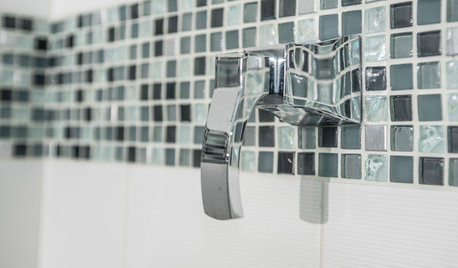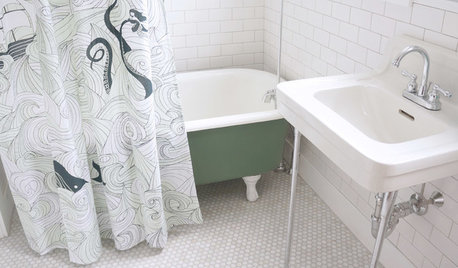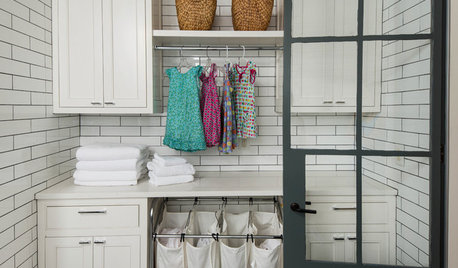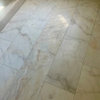My 10-day old grout is cracking!!?!?
diymidwesterngal
13 years ago
Featured Answer
Sort by:Oldest
Comments (8)
floorguy
13 years agobrickeyee
13 years agoRelated Professionals
Arlington Flooring Contractors · Brockton Flooring Contractors · Burlington Flooring Contractors · East Palo Alto Flooring Contractors · Mesa Flooring Contractors · Seymour Flooring Contractors · Alum Rock Flooring Contractors · La Canada Flintridge Tile and Stone Contractors · Niceville Tile and Stone Contractors · Burlington General Contractors · Citrus Heights General Contractors · Evans General Contractors · Mount Holly General Contractors · New Milford General Contractors · Summit General ContractorsMongoCT
13 years agohomebound
13 years agoMongoCT
13 years agobrickeyee
13 years agofloorguy
13 years ago
Related Stories

BATHROOM TILEQuick Fix: Repair Cracked Bathroom Grout
Banish an eyesore and safeguard your bathroom from water damage in 30 minutes or less with this DIY repair
Full Story
CONCRETEWhy Concrete Wants to Crack
We look at the reasons concrete has a tendency to crack — and what you can do to help control it
Full Story
TILEEpoxy vs. Cement Grout — What's the Difference?
Grout is grout, right? Nope. Cement and epoxy versions have different appearances, durability and rules of installation
Full Story
HOUSEKEEPINGHow to Clean Grout — Stains and All
If your grout is grossing you out, this deep-cleaning method will help it look new again
Full Story
TILE3 Key Steps for Grouting That Looks Its Best
Get your grout right to keep your tile beautiful and for an installation that will last
Full Story
BATHROOM MAKEOVERSRoom of the Day: See the Bathroom That Helped a House Sell in a Day
Sophisticated but sensitive bathroom upgrades help a century-old house move fast on the market
Full Story
LIFE10 Feel-Better Things to Do on a Sick Day at Home
Nourish, pamper and heal yourself when a cold keeps you housebound, with these restorative ideas
Full Story
HOUSEKEEPING10 Tips to Streamline Laundry Day
Little adjustments to your attitude and routine can help take the wrinkles out of doing the wash
Full Story
BATHROOM DESIGNConvert Your Tub Space Into a Shower — the Tiling and Grouting Phase
Step 3 in swapping your tub for a sleek new shower: Pick the right tile and test it out, then choose your grout color and type
Full Story
DECORATING GUIDESMission Possible: A Designer Decorates a Blank Apartment in 4 Days
Four days and $10,000 take an apartment from bare to all-there. Get the designer's daily play-by-play
Full StoryMore Discussions







diymidwesterngalOriginal Author